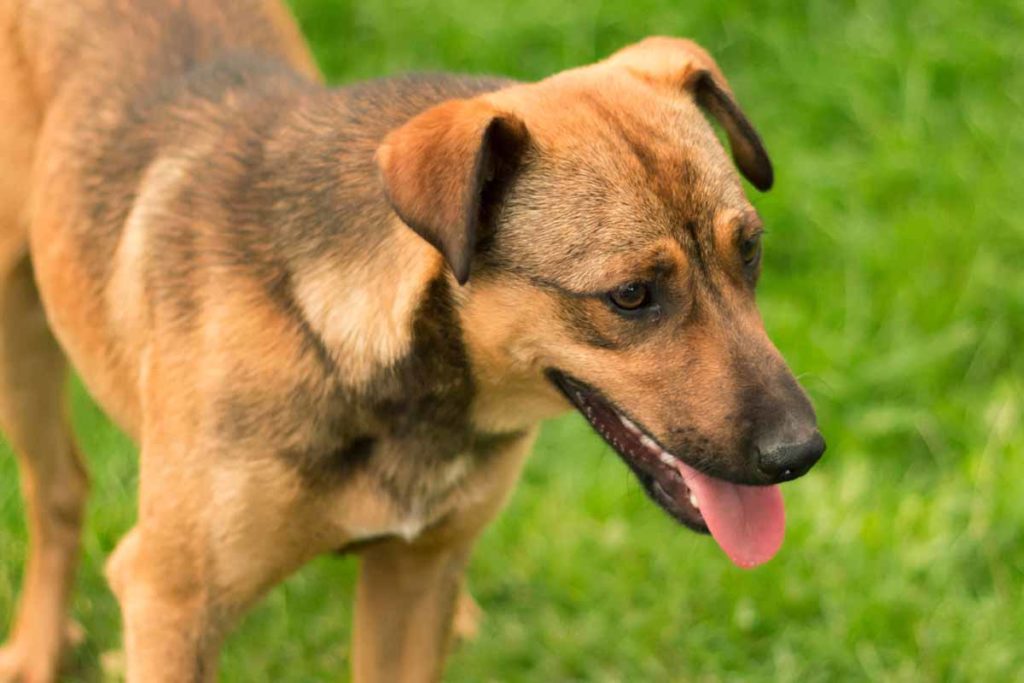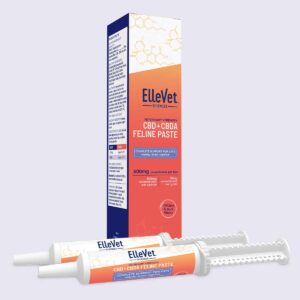Reviewed by: Dr. David Tittle, BVetMed, CertVA, GPCert(WVA&CPM), MRCVS
There are plenty of reasons why a happy, healthy dog might pant, and rarely are these reasons to worry. However, if your dog is panting and shaking, this can be a sign that something is wrong. The faster you can understand what your pet is trying to tell you, the faster you’ll be able to intervene.
Table of Contents
- Can Low Blood Sugar Cause Your Dog To Shake and Pant?
- Can Heart or Lung Conditions Cause Your Dog To Shake or Pant?
- Can Discomfort Cause Your Dog To Shake or Pant?
- Is Your Dog Shaking and Panting Because They Are Scared?
- Can Overheating Cause Your Dog To Shake and Pant?
- Is Your Dog Shaking and Panting Due to Illness?
- When Should I Go to the Vet?
Usually, the circumstances under which your dog begins panting and shaking will tell you what you need to know. It could be a quick fix, but most of the time, panting and shaking is a sign that you need to take a trip to the vet as soon as possible.
Let’s consider what you should know about keeping your dog healthy, happy, and safe.
Can Low Blood Sugar Cause Your Dog To Shake and Pant?
If your dog has diabetes, shaking and panting can mean their blood sugar is too low. If you haven’t had your dog checked for diabetes and your dog tends to shake and pant before meals, you should go to the vet as soon as possible for further guidance.
Some dogs, especially toy breeds (like chihuahuas) and lean breeds (like Italian greyhounds), are more susceptible to low blood sugar even if they don’t have diabetes.If you suspect your dog has low blood sugar, they need a quick source of sugar. It’s also important to keep your dog warm by wrapping them in a soft blanket.
Give your dog a small spoonful of something with high sugar content, like honey or corn syrup. If you rub the honey onto your dog’s gums and leave some under their tongue, their body will work to absorb the sugar quickly. You can also offer some dog-safe fruit, such as blackberries, as a source of sugar.
Keep a watchful eye on your dog until the symptoms stop. Your dog might be worn out from the ordeal, but they should start acting like themselves after a few hours.
Seek prompt veterinary advice and clarification if you are concerned regarding your dogs blood sugar levels.
Can Heart or Lung Conditions Cause Your Dog To Shake or Pant?
Your dog might be shaking or panting because they’re having difficulty getting enough air. Panting allows your dog to take deep, rapid breaths. This can be caused by several health issues, like heart conditions or lung issues, and can indicate a need to go to an emergency vet.
Can Discomfort Cause Your Dog To Shake or Pant?
Dogs shake, pant, and whine when they’re experiencing discomfort. If your dog has been playing outside or with other animals, they may have an injury you can’t see. First, check for injuries you might be able to see.
Things like broken bones and flesh wounds are usually obvious, but don’t rule them out as possibilities just because you can’t catch them at first glance. Make sure to observe your dog’s movements. See if your dog is limping or avoiding using certain body parts. Your dog may also attempt to prevent you from touching the injured area.
If you don’t see any injuries, there’s still a possibility that your dog has an internal injury. Conditions like bowel blockages and pancreatitis are common in dogs. Many pet parents don’t catch these issues until they become serious.
Dogs tend to hide discomfort until it becomes unbearable, or sometimes, we don’t recognize the signs of discomfort. Your veterinarian will be able to perform a physical exam and is also skilled in recognizing subtle signs of discomfort, so call your veterinarian immediately if you feel that something is wrong.
Additionally, ElleVet CBD + CBDA has been proven to work for discomfort in clinical trials at Cornell University College of Veterinary Medicine — over 80% of dogs with discomfort from osteoarthritis showed significant or dramatic improvement.
Is Your Dog Shaking and Panting Because They Are Scared?
It can be easy to tell when your dog is scared. They might shake, pant, hide, or become destructive and impossible to soothe. Noise phobias are quite common, and many dogs are fearful of thunderstorms, fireworks, and other loud noises.
You can’t turn off the sky or make your neighborhood stop celebrating a holiday, but you can make your dog more comfortable. For acute situational stress responses (think loud noises, vet visits, or grooming), try Calm and Comfort chews from ElleVet.
If your dog is nervous, move them far away from the source of the noise or trigger. Bring them inside, away from unfamiliar noises, animals, and people. Find a room away from the outside noise for your pup to rest. Your dog will feel much safer.
Also, your pup may have a fear of car rides or trips to the vet. To make them feel as safe and comfortable as possible, put your dog in a large crate for travel. Let them have their comfort objects, like their favorite blanket. Keep the radio turned down and the windows up. Turn the air on to keep the car cool.
Can Overheating Cause Your Dog To Shake and Pant?
If your dog is panting and shaking in the sun or right after coming in, your dog may be hot and dehydrated. Give your dog a comfortable place to lay by the fan and a bowl of fresh water. In most cases, your dog will drink and cool off.
If your dog is weak and drooling, they may be experiencing heat stroke. Fill up the bathtub with room-temperature water and put your dog in it. It’s important not to use cold water — rapidly cooling your dog can constrict their muscles and blood vessels, making the situation go from bad to worse.
In the case of heat stroke, call your vet for further guidance. They may advise you to stay with your dog for about half an hour until they stop shaking and panting, dry your pup off well, and give them a cool place to lounge.
Is Your Dog Shaking and Panting Due to Illness?
Your dog shaking and panting could indicate something in their body that shouldn’t be there. It could be a virus, bacteria, insect or animal venom, or something toxic. You need to act quickly.
First, check your dog for fever and look for evidence of stings or bites. Look closely at the plants in your yard to see if anything is toxic. Also, check your garbage cans to see if your dog has eaten from the trash. Ask everyone in your house if they fed your dog people food, especially foods containing chocolate, garlic, chives, or onions.
The situation is an emergency if your dog ingested any of the above or household cleaners. Even if you can’t pinpoint what’s wrong, it’s possible that your dog is sick or got into something; you need to go to the nearest emergency vet to be safe.
When Should I Go to the Vet?
It’s always better to be safe than to be sorry, especially when it comes to the life of the family dog. When in doubt, call your veterinarian if you feel that something isn’t right.
Wrapping Up
In the journey of pet parenthood, recognizing when your dog is shaking and panting and understanding the source of that behavior can be a vital skill. While occasional panting is natural, persistent shaking and panting can signal underlying issues that require attention.
Our dogs, like us, experience a range of emotions and physical sensations, and their communication often relies on these visible signs. From low blood sugar, heart or lung conditions, discomfort, fear, and overheating to potential illnesses, the causes can be diverse.
In times of uncertainty, it’s crucial to prioritize your pet’s well-being. If you suspect anything amiss, don’t hesitate to consult your veterinarian. They possess the expertise to diagnose and provide the necessary care for your furry friend.
Sources:
Insulins for the long term management of diabetes mellitus in dogs: a review | NIH
Pancreatitis in Dogs | VCA Animal Hospitals









